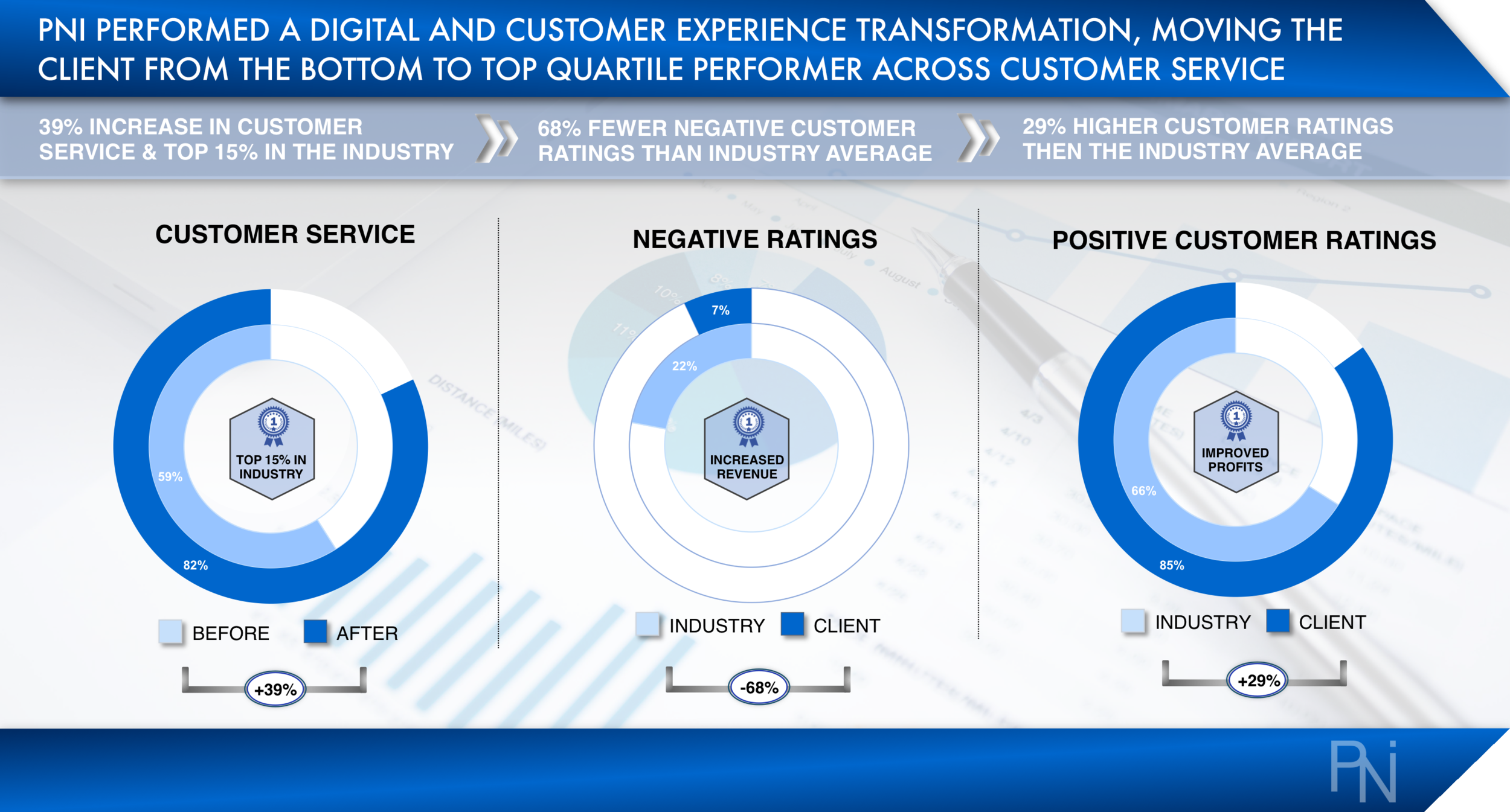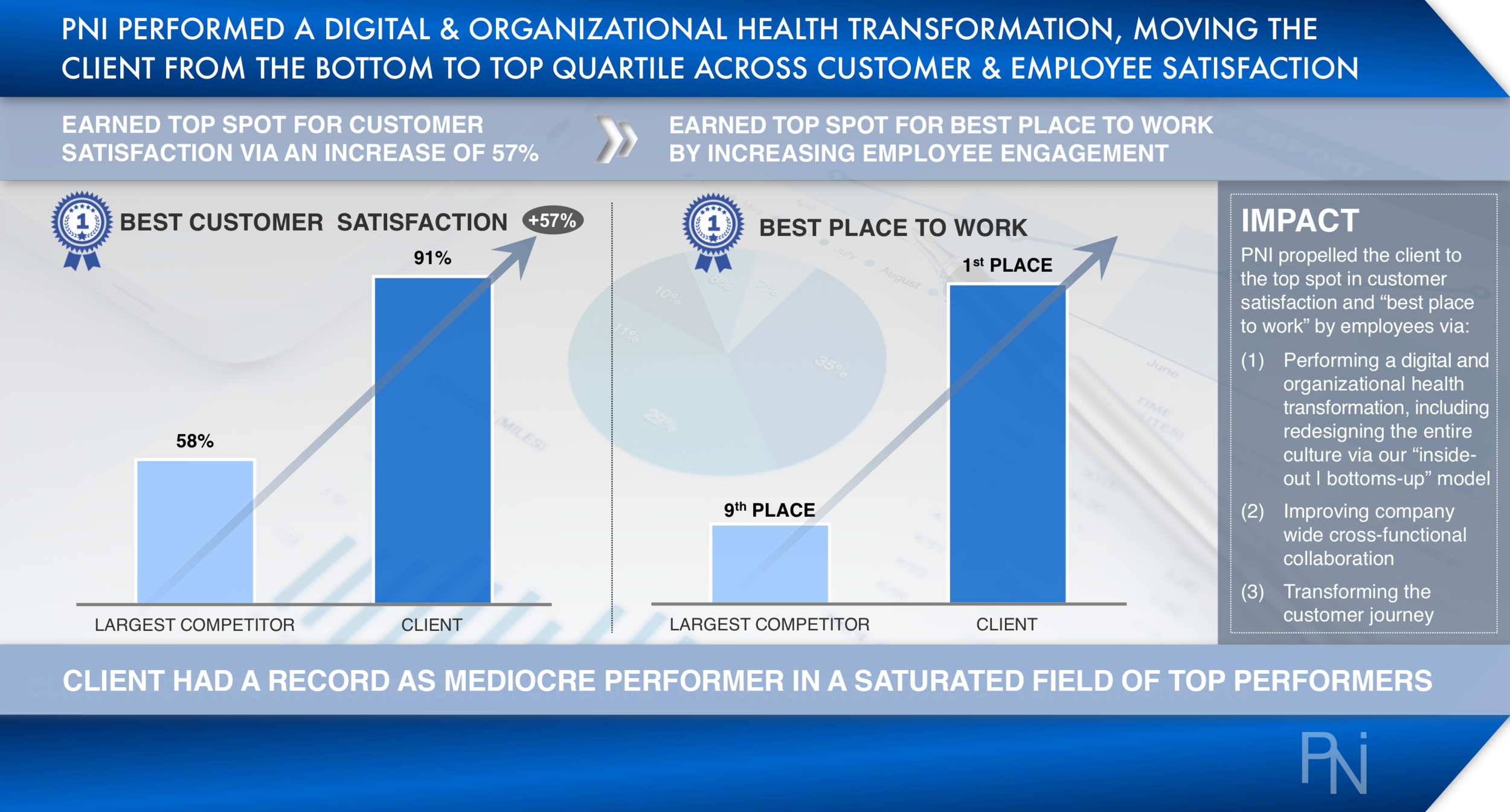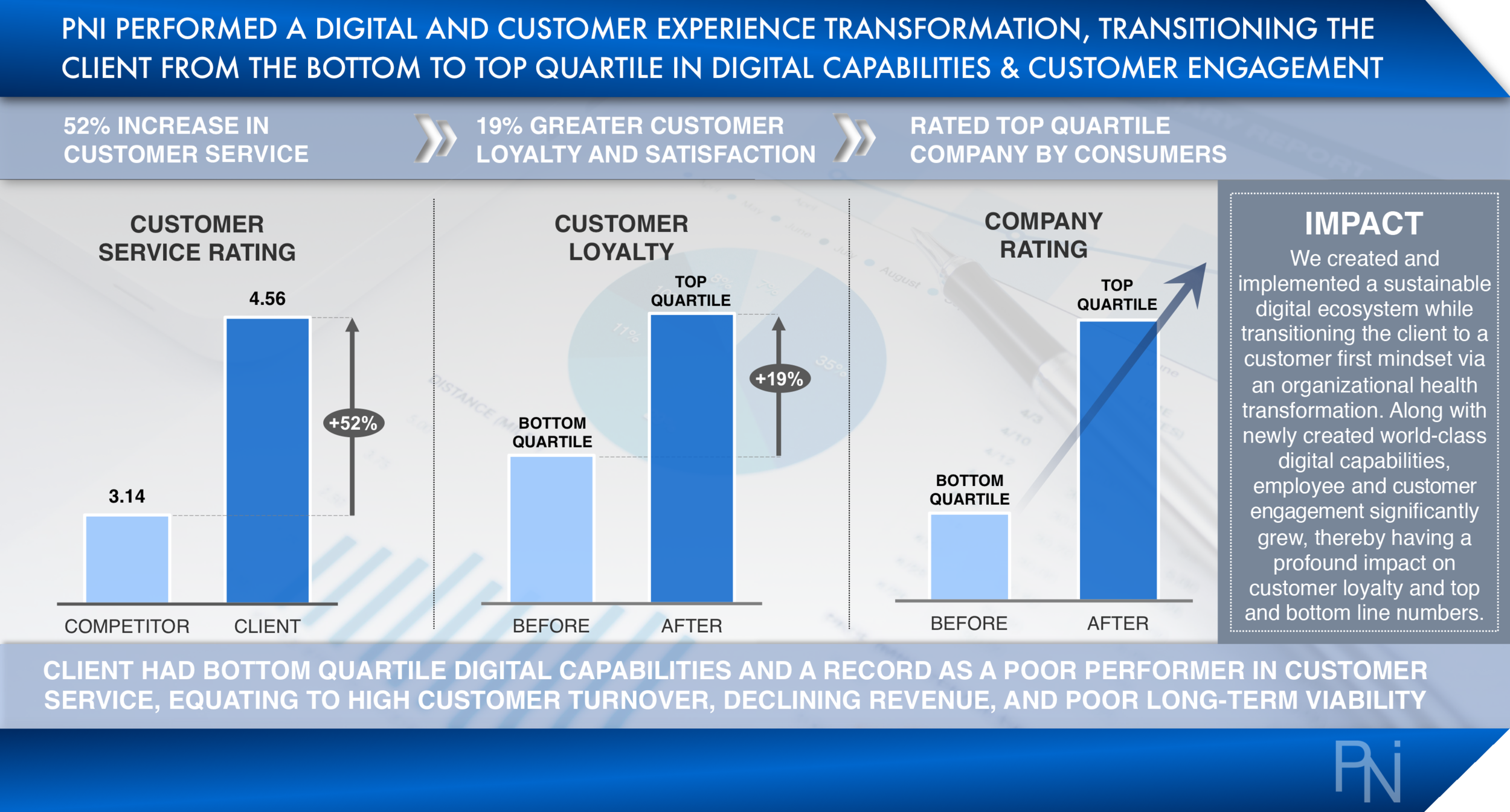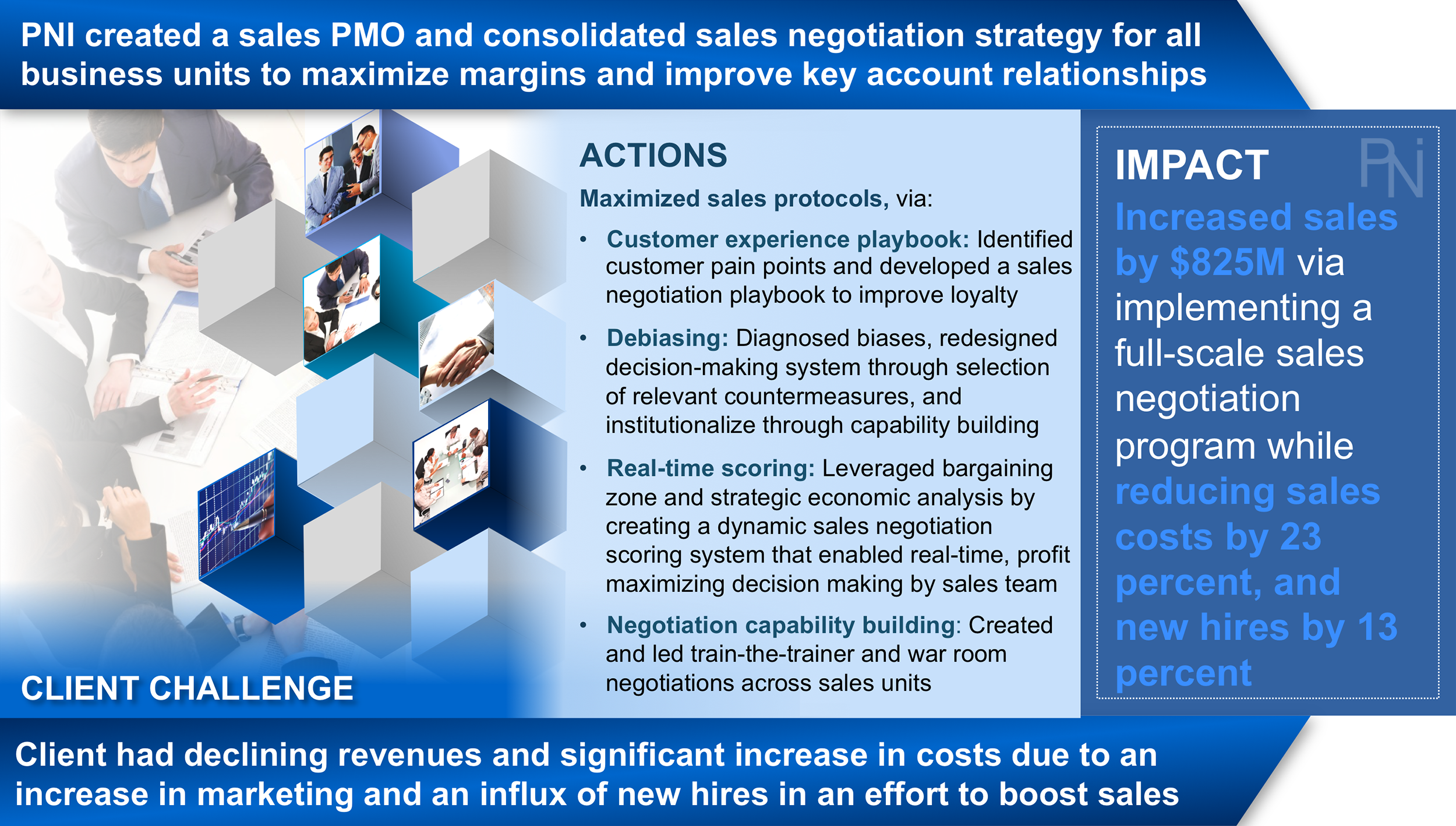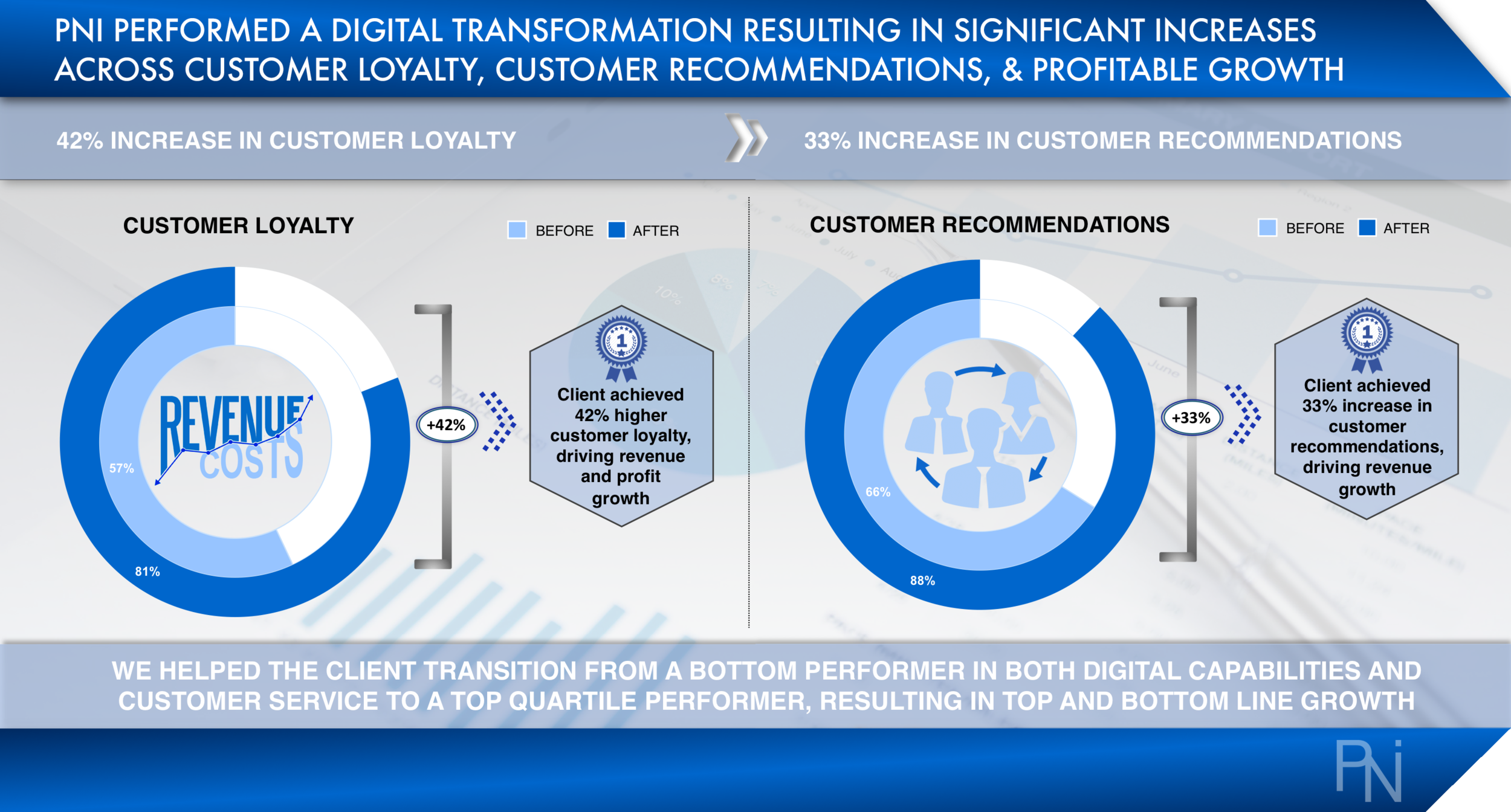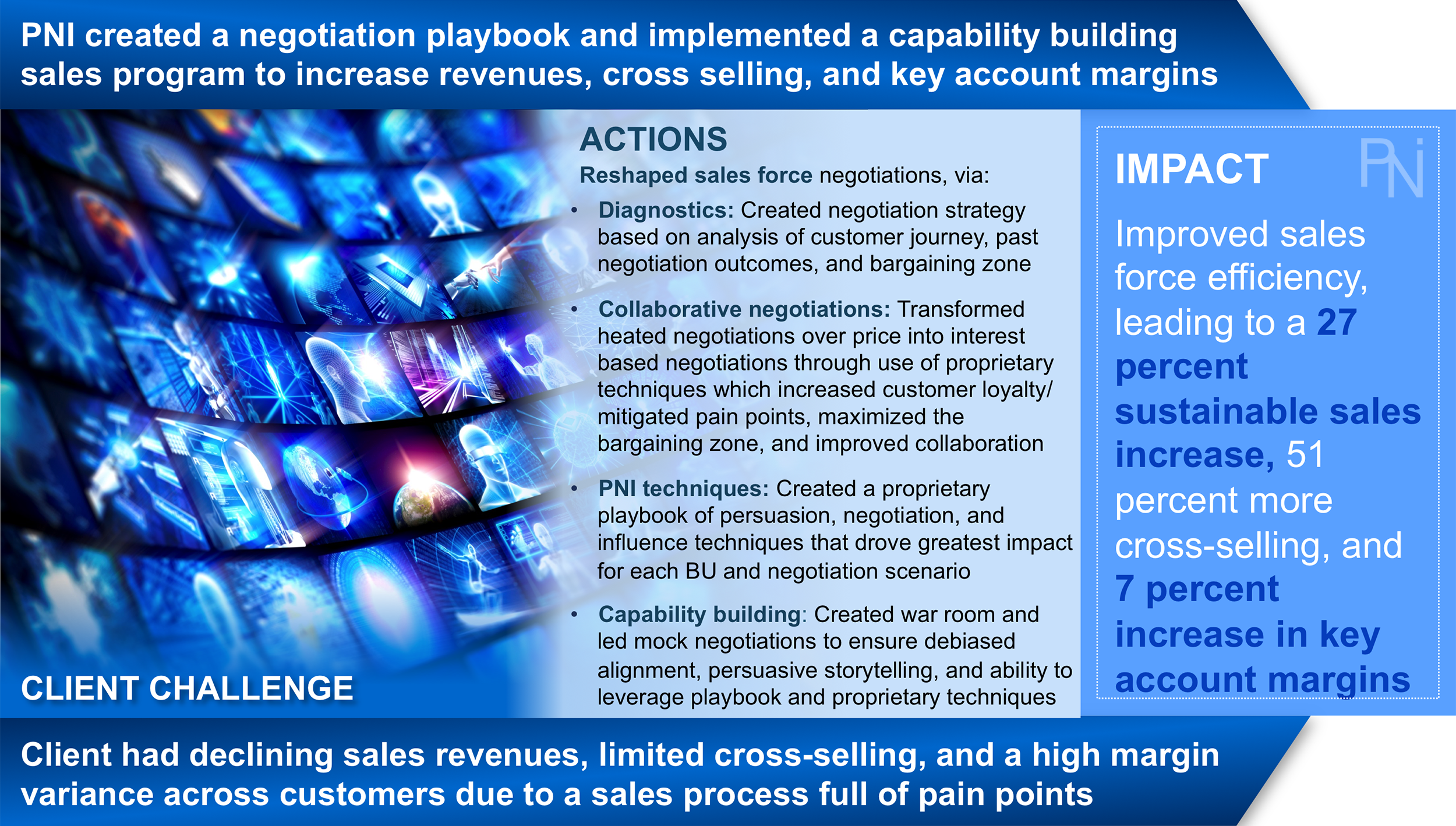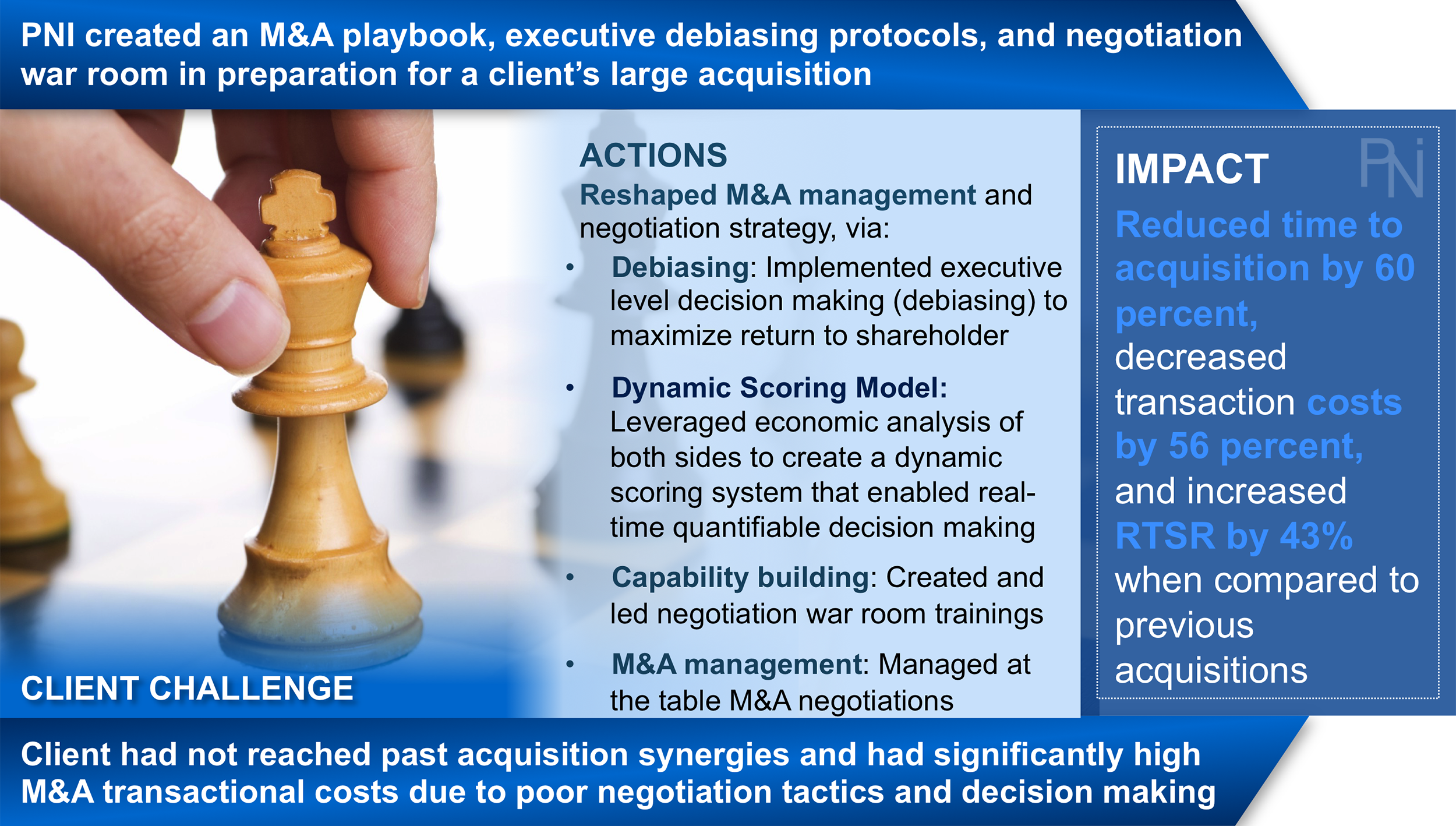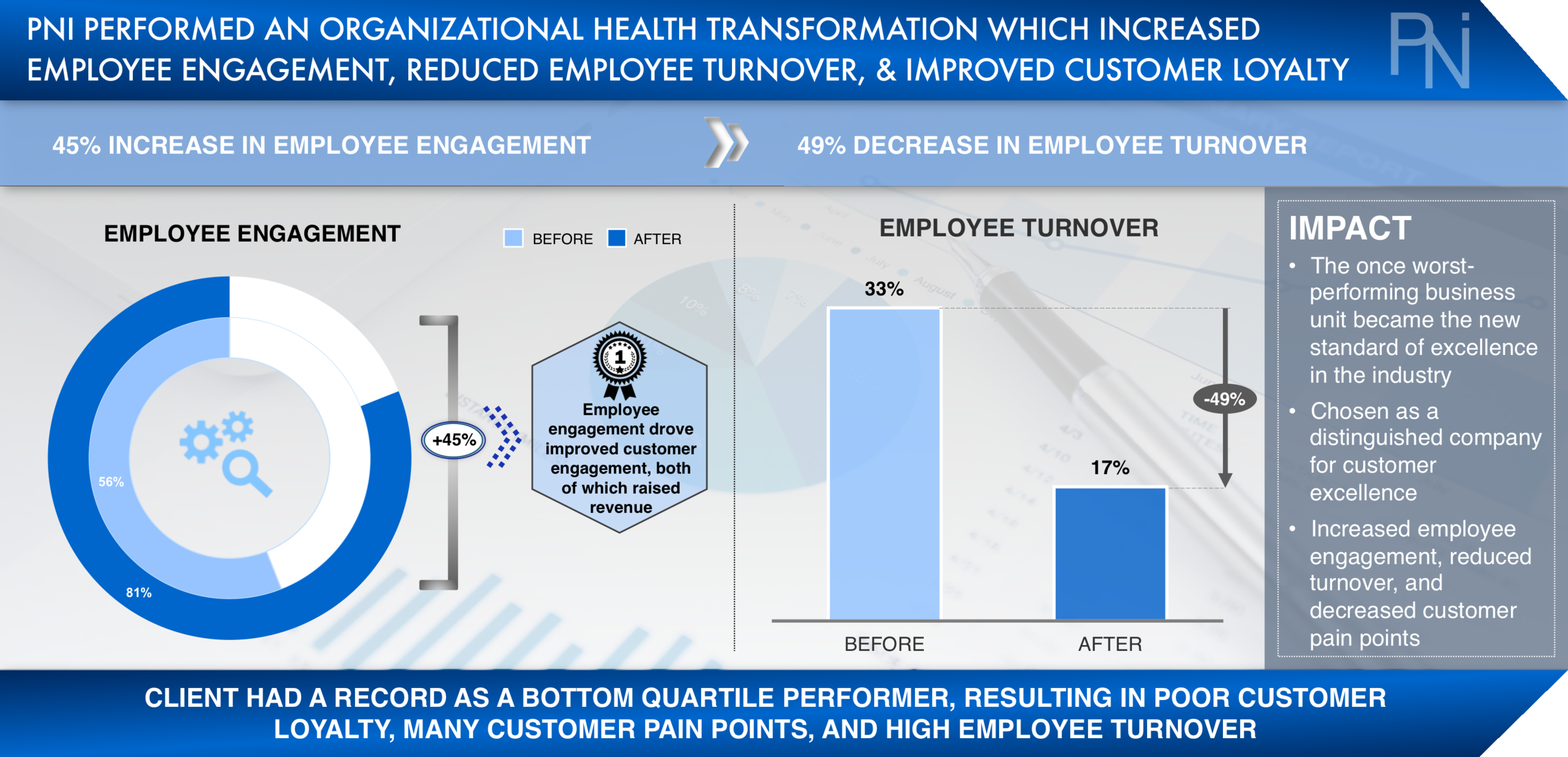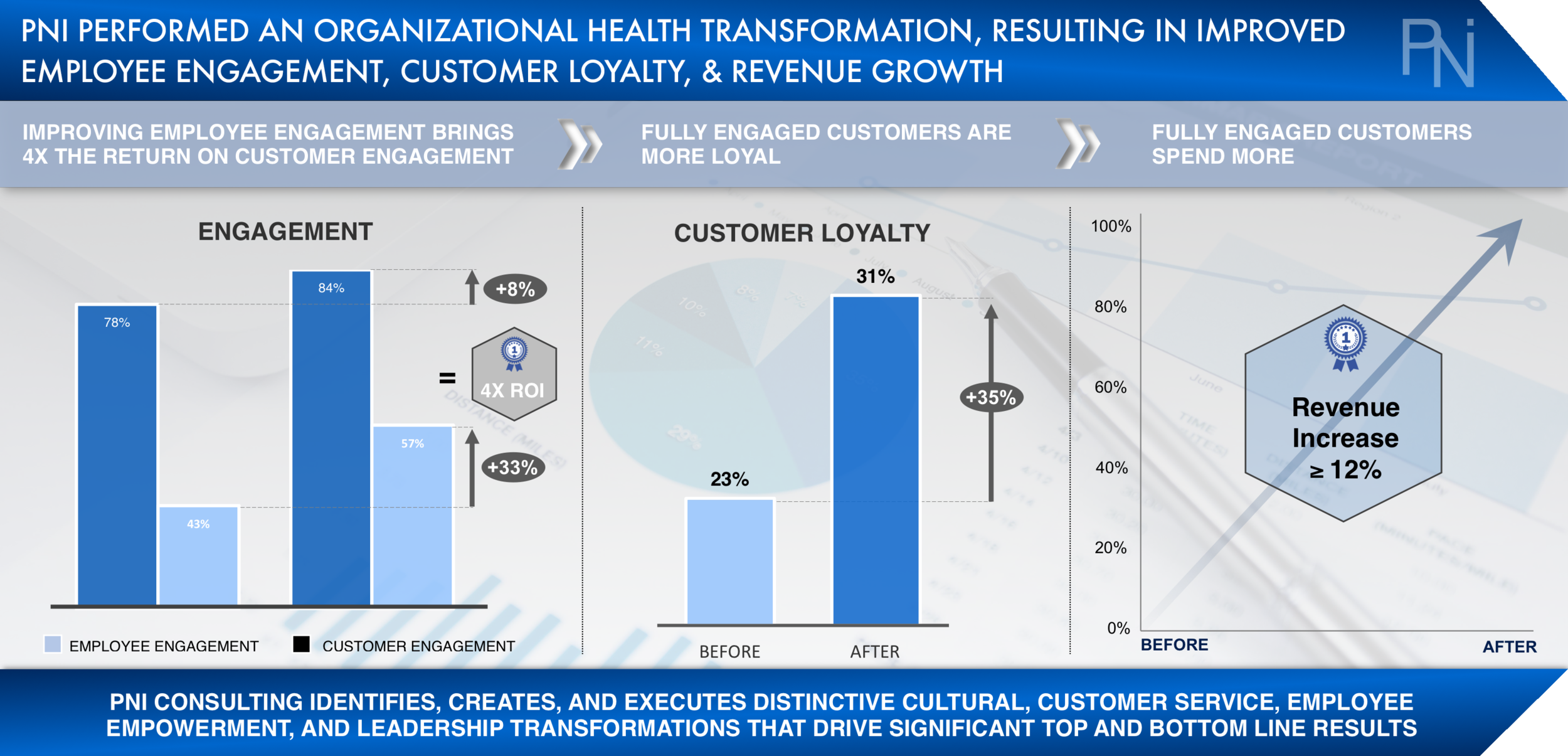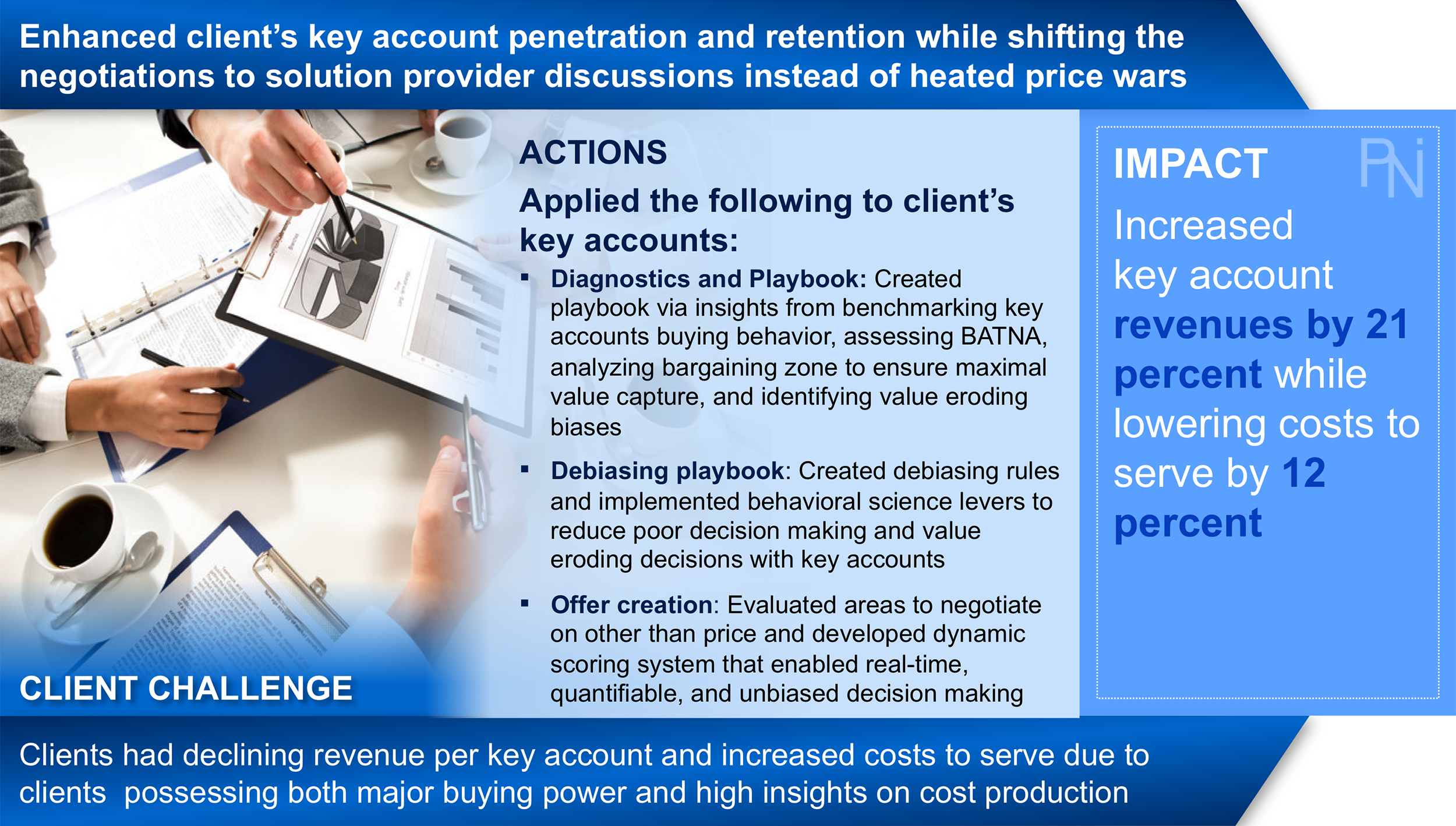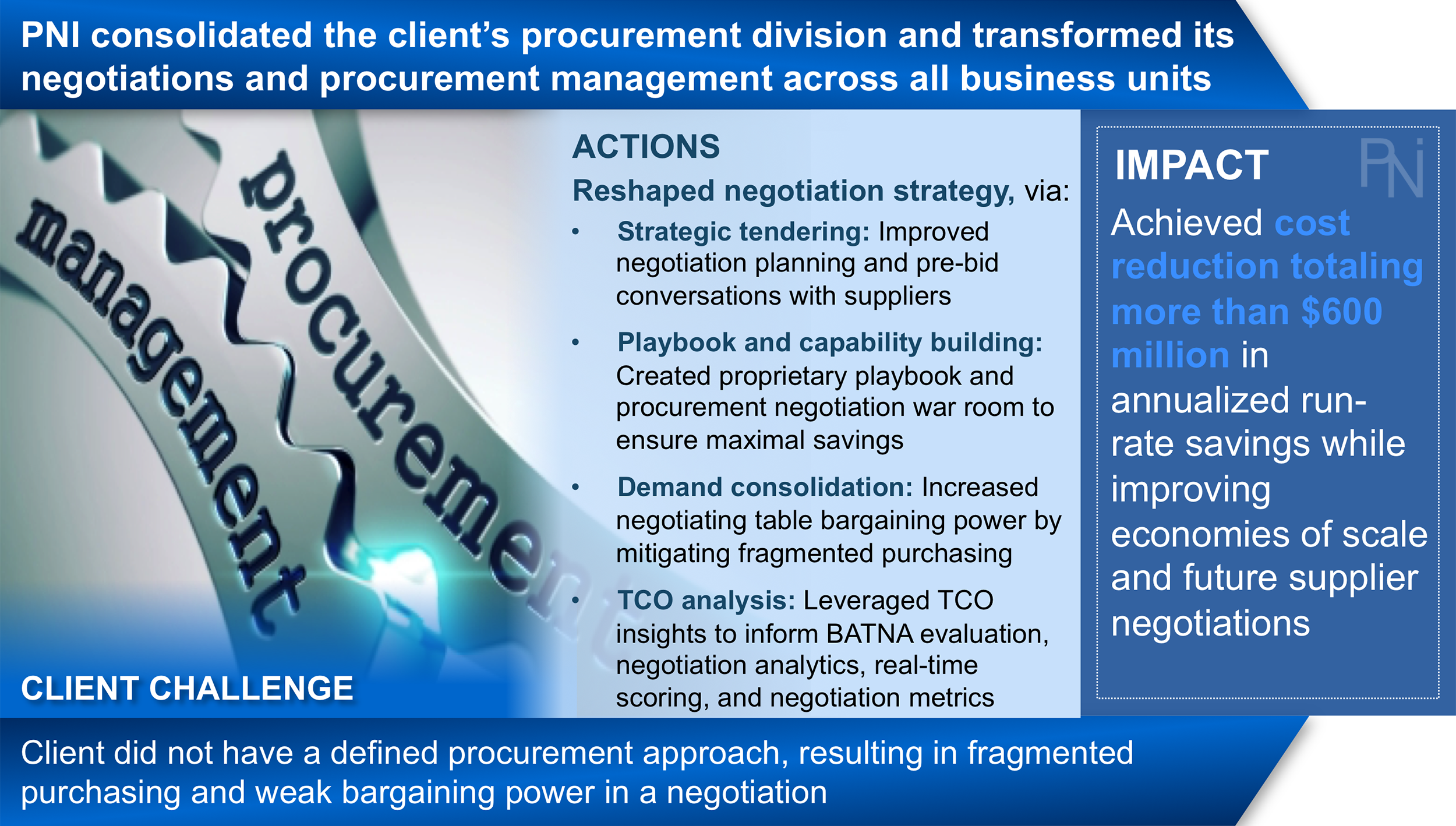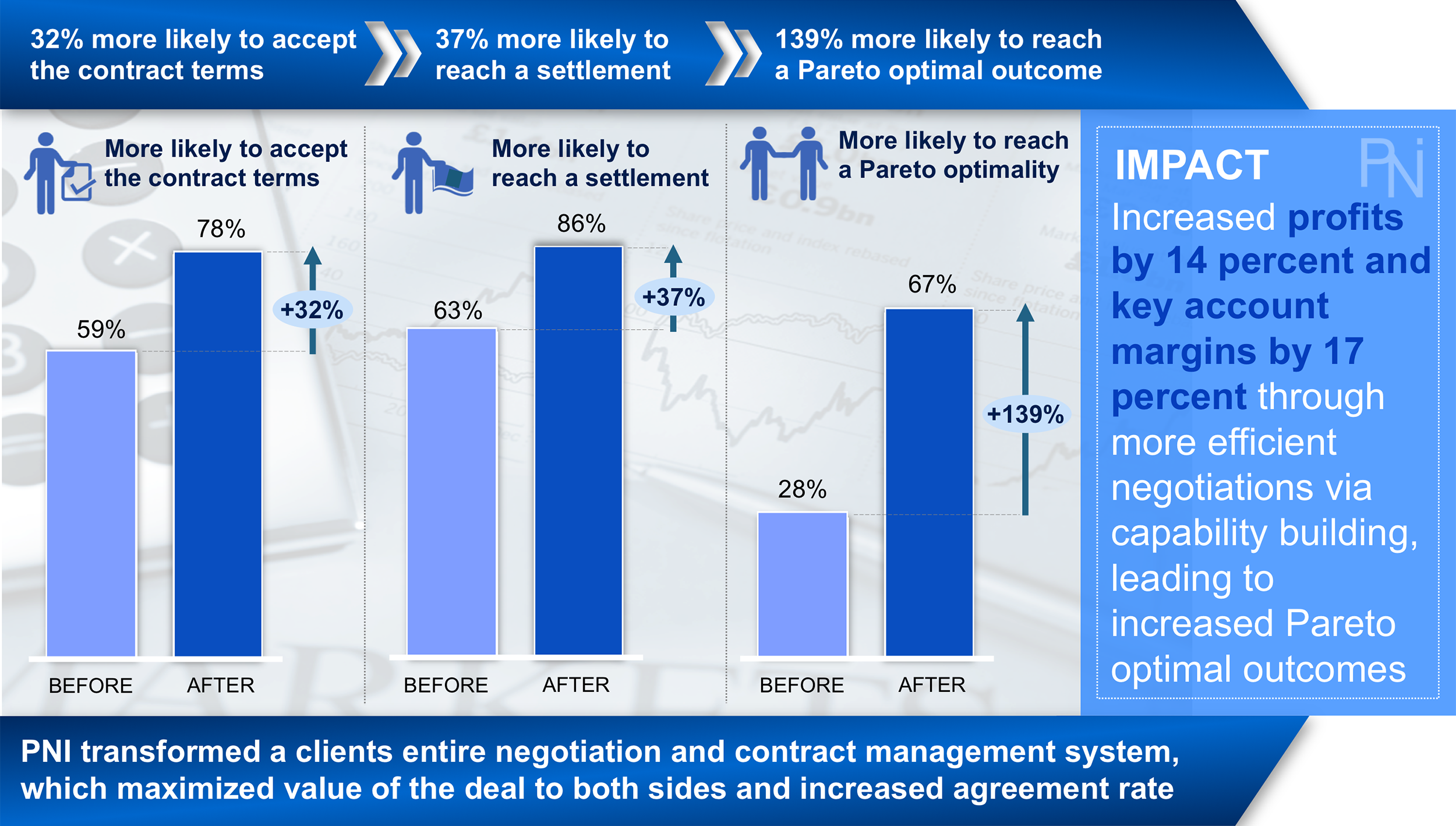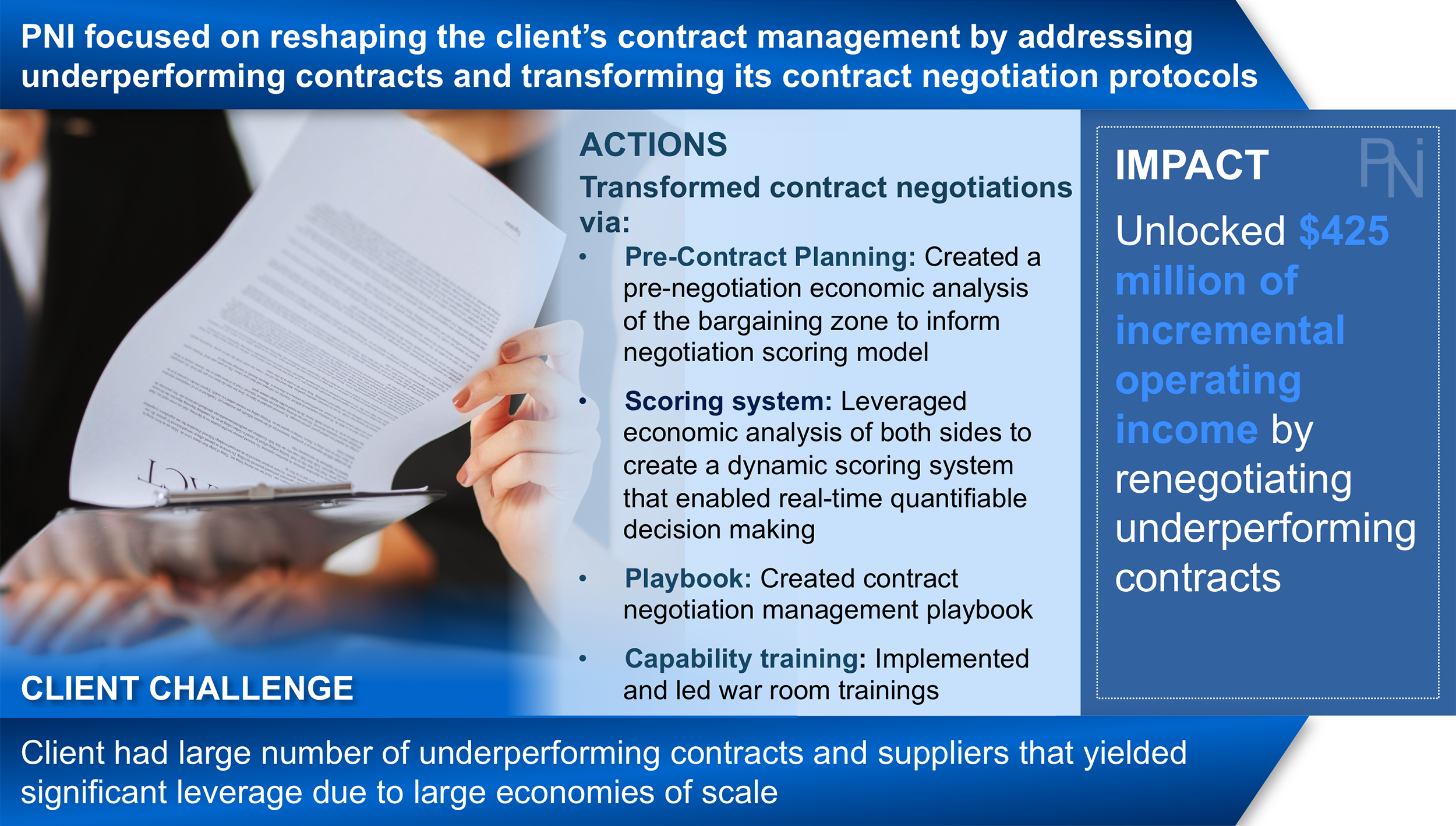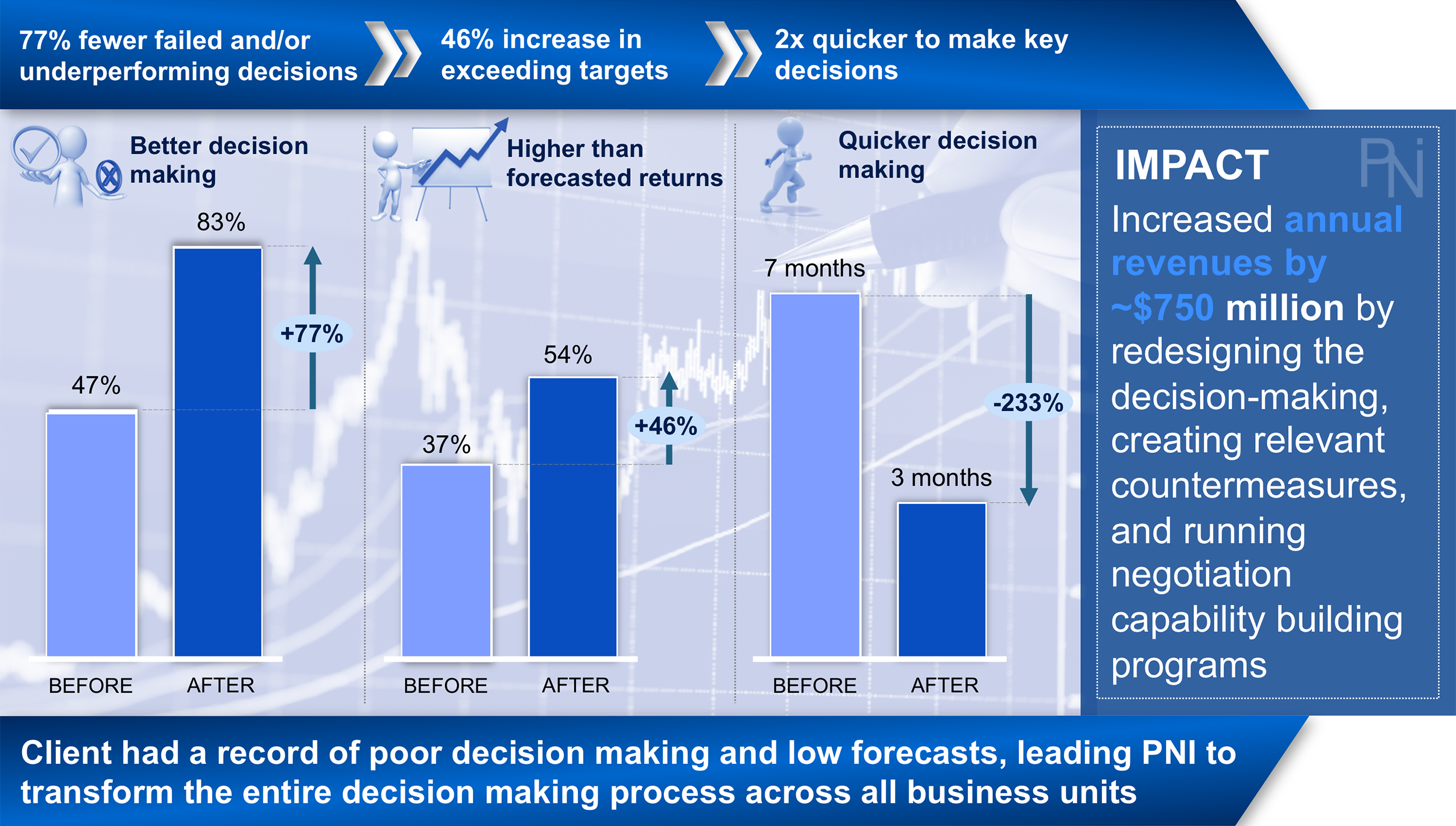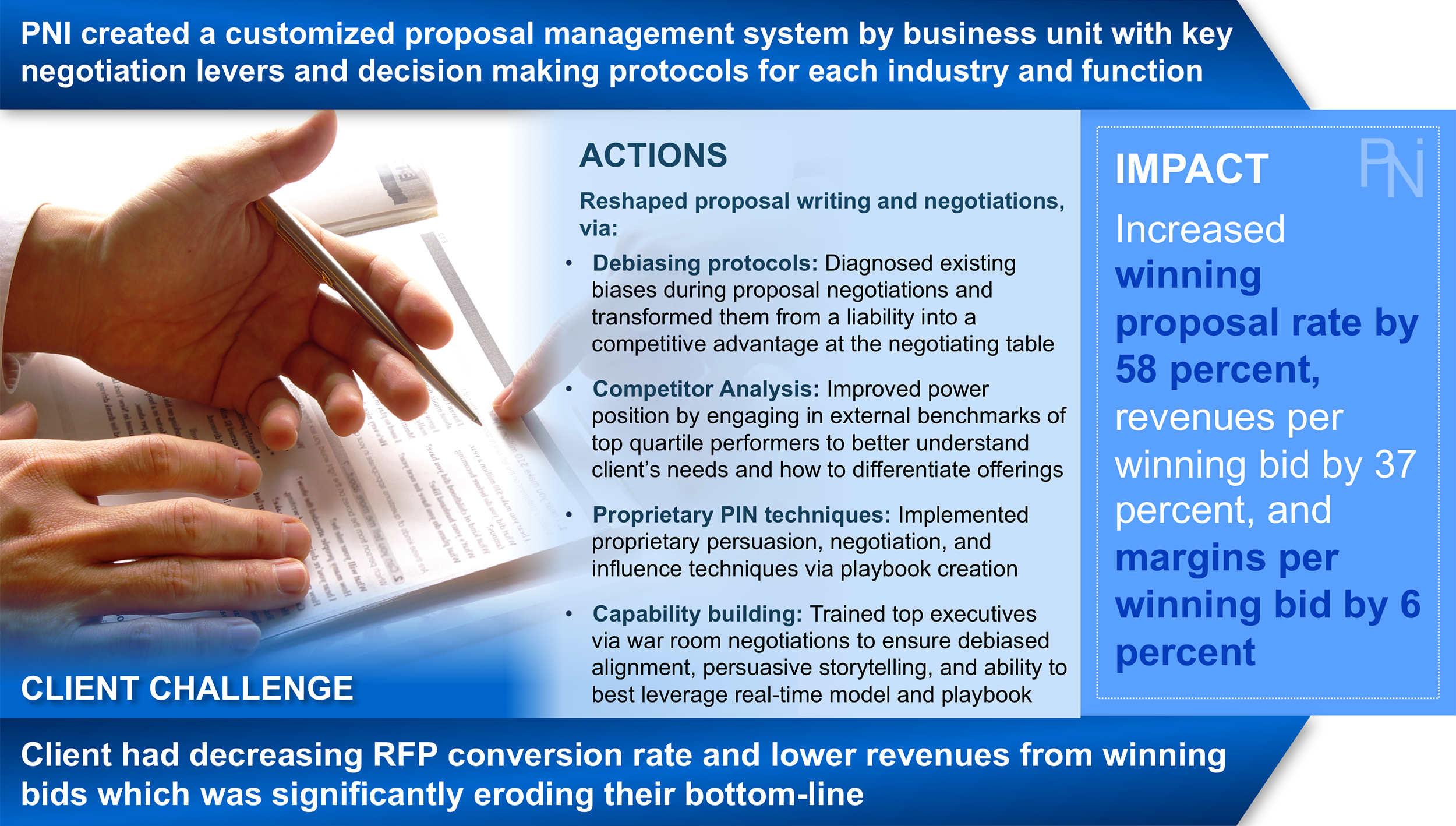UNLOCK DATA INSIGHTS TO DRIVE PERSONALIZED CUSTOMER EXPERIENCES
Author: Joshua Seedman
Exhibit 1 (Click to Enlarge)
While many leaders claim data is the new oil the reality is that everyone has a vast reservoir of data. The real oil is the talent and ability to drive the appropriate insights from that data. This is especially true in today's market where ~80% of data is unstructured. By nature of this reservoir of unstructured data, companies experience decision-making paralysis because they don’t know how or where to begin in unlocking real data insights.
This article will discuss the key levers for leveraging this data to drive key insights and personalized, predictive experiences that not only meet but also exceed customer experiences. Specifically, this article will discuss the following three areas:
- Implementing a unified data framework
- Producing an enterprise smart view
- Implementing real time tracking
Unified Data FRAMEWORK
In its simplest form, data winners are those that concurrently draw insights from (1) declared, (2) observed, and (3) inferred customer preferences. This is referred to as our DOI Data Framework where DOI is an acronym for declared, observed, and inferred customer preferences (See Exhibit 1).
“Data is not the new oil because everyone has a vast reservoir of data. The real oil is the ability to drive the appropriate insights out of that data. ”
- Declared Data: According to market research, consumers are willing to spend up to 30 minutes (over time) with a given brand to declare their shopping preferences.
- Observed Data: Consumers leave a long trail of bread crumbs that can help inform preferences includes spending habits, conversations with employees, and online behavior (e.g., social media handle).
- Inferred Data: By leveraging declared and observed preferences, artificial intelligence and its cognitive capabilities can predict customer’s preferences.
This simple framework ensures companies no longer fall prey to decision-making paralysis but instead becomes a data winner by concurrently drawing data insights from these three core areas. To accomplish this undertaking, organizations must leverage (1) traditional data tools and algorithms (2) employees across both traditional brick and mortar stores and digital channels (e.g., call centers), and (3) customer forms across platforms such as eCommerce, mCommerce, apps, and social media to acquire "declared" customer preferences. Ultimately, organizations must ensure they're properly tapping into customer's willingness to declare their preferences, ensuring the customer understands that this material is being leveraged to create a more personalized, "wow" experience for them and them only. This must be done with discretion and over time in order to avoid customer alienation. As previously noted, and according to industry data, customers are willing to devote up to 30 minutes (over time) sharing preferences with companies. Thus, companies must ensure they're capitalizing on customers' willingness to share these key preferences.
In addition, firms must heavily leverage artificial intelligence to best draw out "observed" and "inferred" customer insights. Without AI's cognitive platform, drawing appropriate preferences from observed and especially inferred data will be infeasible. From platforms such as social media handles, customer spending habits, and accompanying website browsing history, customer breadcrumbs are in abundance. However, most firms squander these value unlocking data points because they lack AI's capabilities and fall into decision-making paralysis.
“It’s no longer sufficient to meet customer expectations. Instead, winners must exceed customer expectations and data is the key. ”
When used concurrently, insights from declared, observed, and inferred data will drive insightful and predictive customer personalization. Simply, no two customer experiences will be the same. Instead, a company will be equipped to offer a highly personalized experience that's completely unique to that customer and that customer only. Thus, the aspirational goal with this data framework is segmentation at a level of 1:1. Ultimately, it's no longer enough to meet customer expectations. To be a winner, companies must exceed customer expectations and this data framework will help in this journey.
Enterprise SMART VIEW
Exhibit 2 (Click to Enlarge)
The complexity of the corporate landscape is ever increasing, which is driving an increasing number of internal silos that contributes to what this articles calls customer amnesia (See Exhibit 2). Concurrently, customers are more sophisticated than ever, expecting a streamlined, “wow” experience at every touchpoint in the purchasing lifecycle. Such a mindset is industry and channel agnostic. However, each business unit typically has a different view of the customer because they are hoarding customer data and insights. This poor cross-collaboration not only stifles internal culture and innovation but also erodes the customer experience. Simply, the company has “customer amnesia” because each time a customer interacts with a different business unit or channel the last interaction is unknown or forgotten (See Exhibit 2).
Exhibit 3 (Click to Enlarge)
Customers won’t tolerate such behavior because B2C retail and the likes of Amazon have forever shifted consumer expectations. Simply, customers now make no differentiation between buying. To the customer, shopping is shopping – plain and simple. This has left a large gap across industries between what customers expect and what they actually receive, equating to a poor customer experience and significant value erosion (See Exhibit 3). Simply, there is a what this articles terms a large “customer experience gap” in which this "customer amnesia" is part of the root problem. A byproduct of this customer experience gap is declining customer loyalty, lifetime value, and advocacy, all of which profoundly impacts the bottom line.
“Without a company wide smart view, an organization experiences “customer amnesia” because each time a customer interacts with a different business unit or channel the last interaction is unknown or forgotten.”
Instead, organizations must improve both employee engagement and cross-functional collaboration in an effort to create a truly “omnichannel” approach, even if not in the retail industry. Thanks to digital, omnichannel is now industry agnostic and is applicable even to the B2B space where over 50% of buyers are millennials who have come to expect a certain type of shopping experience. Thus, the aspirational goal is to create a seamless experience for the customer, ensuring that cognitive, omnichannel experiences replace customer amnesia. To create such a streamline experience, companies must break down siloed walls via leveraging a smart view model which brings together a single view of three key areas, specifically a (1) single view of the customer, (2) single view of the inventory, and (3) single view of the order history (See Exhibit 2). Such a model would be centralized, available to every business unit in the organization and updated in real time, allowing for dynamic enterprise data sharing and real time interactions with customers no matter where they are in the purchasing lifecycle. Without this simple enterprise smart view, the customer journey quickly erodes because of enterprise silos which drive customer amnesia, untapped data insights, and an ever widening customer experience gap. This smart view of the customer will drive cross-functional collaboration, allowing companies to leave behind this amnesia by (1) closing the innovation gap between itself and the B2C retail space, (2) providing full enterprise, real-time transparency into a customer’s interactions, and (3) creating a platform full of key data insights that will allow the enterprise to drive predictive, personalized customer interactions.
Real Time Tracking
“Winners in today’s ever-quickening innovation cycles are not those with size but rather those with speed. This is true in both drawing out real-time insights as well as quickly acting on those insights.”
Finally, companies must track in real time how these initiatives are moving the needle. This can be accomplished via surveys such as NPS (Net Promoter Score). While critics of NPS note it's lack of holistic detail, the key is that it provides nearly real-time feedback, driving essentially 80% of the value of more lengthy customer surveys but in a fraction of the time. Remember, winners in today's ever-quickening innovation cycles are not those with size but rather those with speed. This is true in both drawing out real-time insights as well as quickly acting on those insights. Typical customer engagement surveys might be done only once month, quarter, or year with the aggregated results not coming in for another several months. On the other hand, NPS keeps a constant pulse of the customer, thereby ensuring improvement in data transformations across the customer journey. Simply, NPS caters to this new speed initiative providing any customer experience transformation with the feedback to make real-time pivots, thus ensuring data initiatives are creating advocates rather than detractors.
Conclusion
Having a vast reservoir of data is meaningless. The real value is the ability, speed, and operational proficiency to quickly draw out key insights and expediently act on those insights. It's no longer enough to meet customer expectations. To be a winner, companies must exceed customer expectations and data is the key to accomplishing this goal via predictive, personalized service excellence. The three tools outlined in this article, specifically (1) unified DOI data framework, (2) enterprise smart view, and (3) real time tracking will ensure any data initiative transitions a company from decision-making paralysis to a value unlocking insight engine.
About the Author
Joshua Seedman is the founder and chairman of PNI Consulting, a management consulting firm that specializes in global transformations. He has over 20 years of operating and general management experience with expertise in organizational transformations, customer experience, employee engagement, digital transformations, sales & marketing, operational turnarounds, culture/change management, and high-stakes negotiations. His experience includes executive roles within F500 companies, top-tier consulting leadership (McKinsey & Company), over 10 years of global P&L responsibility, and corporate lawyer (Davis Polk & Wardwell). He received his MBA from Kellogg School of Management and his J.D. (cum laude) from Northwestern University School of Law.








